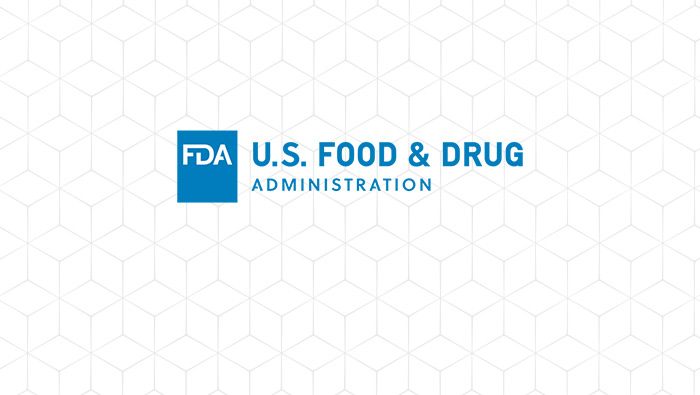The FTL focused on foods with biological hazards and acute chemical toxins that present an immediate public health risk and for which traceability recordkeeping are necessary to rapidly identify the source of contamination and contain additional illnesses. The Model scores commodity-hazard pairs according to the following seven criteria:
- Frequency of outbreaks and occurrences of illnesses
- Severity of illness
- Likelihood of contamination
- The potential for pathogen growth, with consideration of shelf life
- Manufacturing process contamination probability and industry-wide intervention
- Consumption rate and amount consumed
- Cost of illness
The list of foods on the FTL in the final rule did not change from the proposed rule. However, FDA will update the FTL every five years, and based on available resources, to include new data and information gathered with the Risk-Ranking Model for Food Tracing (RRM-FT). All proposed changes and the reasons for the changes will be published in the Federal Register.
The agency also answered some specific questions to further clarify some example of which foods are covered and which ones are not, such as:
Question
Answer
Are dried or frozen versions of food in the FTL covered by the final rule?
Yes, if the ingredient remains in the form in which it appears on the list.
Is frozen cheese used on a frozen pizza, covered by the rule?
No. Frozen cheese is not on the FLT.
Are foods for animals (such as pet food or fish feed) covered by the final rule?
No. Animal food that is made with by-products from human food on the FTL is not subject to the rule.
Are live seafood products (e.g., live lobsters, live crabs, live crawfish) covered by the Food Traceability rule?
Live seafood products, such as live lobsters, crabs and crawfish, are covered by the rule.
Does the rule apply to fresh-cut fruit or vegetables that have been frozen, flash frozen, or individually quick frozen?
Frozen “fresh-cut” fruits and vegetables are not covered by the rule. This is the case whether the food has been frozen, flash frozen, or individually quick frozen (IQF). This is because for foods that are designated as “fresh” on the FTL, if the form of the food is no longer fresh and has been changed (e.g., through freezing, drying, or another change in the form of the food), then the food would no longer be an FTL food.
If we get fresh-cut fruit from a supplier and then freeze it, what key data elements (KDEs) do we need to maintain?
If you receive fresh-cut fruit from a supplier and then freeze it, you will need to maintain receiving KDEs for the fresh-cut fruit but will not need to maintain any additional records.
What cheeses are covered by the rule?
All cheeses other than hard cheeses are on the FTL and covered by the rule, unless an exemption applies. Cheeses that are frozen, shelf stable at ambient temperature, or aseptically processed and packaged are not on the FTL.
Is peanut paste included in the category “nut butters?”
Peanut paste is included within the commodity “nut butters” and therefore is covered by the rule.
Does the rule apply to semi-finished, pre-mixed paste with nut flavor that is for industrial use only (added to ice cream) and not for direct consumption?
No, the rule does not covered semi-finished products.
Are frozen nut butters on the FTL?
Yes
Would chocolate peanut butter cups be covered by the rule, even if the ingredient label does not list peanut butter?
Yes. All nut butters, including peanut butter, are on the FTL. A multi-ingredient food that contains peanut butter is therefore covered by the rule. However, such a multi-ingredient product would be exempt from the rule if a kill step has been applied, subject to § 1.1305(d)(3) and (5).
Are raw or roasted nuts covered?
No. Nuts, whether they are raw or roasted, are not on the FTL and are not covered by the rule.
Are dietary supplements, including dietary ingredients or mineral supplements, covered by the rule?
No. However, if a dietary supplement uses an ingredient on the FTL, and that ingredient is in the same form in which it appears on the FTL (e.g., “fresh”), then the dietary supplement would be covered by the rule.
The list of questions and answers also include the questions that the agency received to help clarify different aspect of this regulation, including:
- Risk-ranking model for food tracing
- The role of the initial packer
- The first land-based receiver
- Transformation
- Any intracompany shipments and cross-docking
- Farms
- Retail food establishments and restaurants
- Cases of commingled raw agricultural commodities
- The Traceability Lot Code
- Implementation and enforcement
- Kill step
- Importers
- The Food Traceability Plan
- Records maintenance and availability
- Product Tracing System
The agency also established January 20, 2026, as the compliance date to give those subject to the rule time to come into compliance. The agency will conduct initial inspections for compliance with the traceability rule in 2027 and plans to take an “educate while we regulate” approach, similar to the inspection approach taken for other Food Safety Modernization Act (FSMA) rules. Thus, understanding how this regulation may impact your company is important to ensure a timely compliance.
Posted in FDA and USDA Regulatory Update, Foods.
